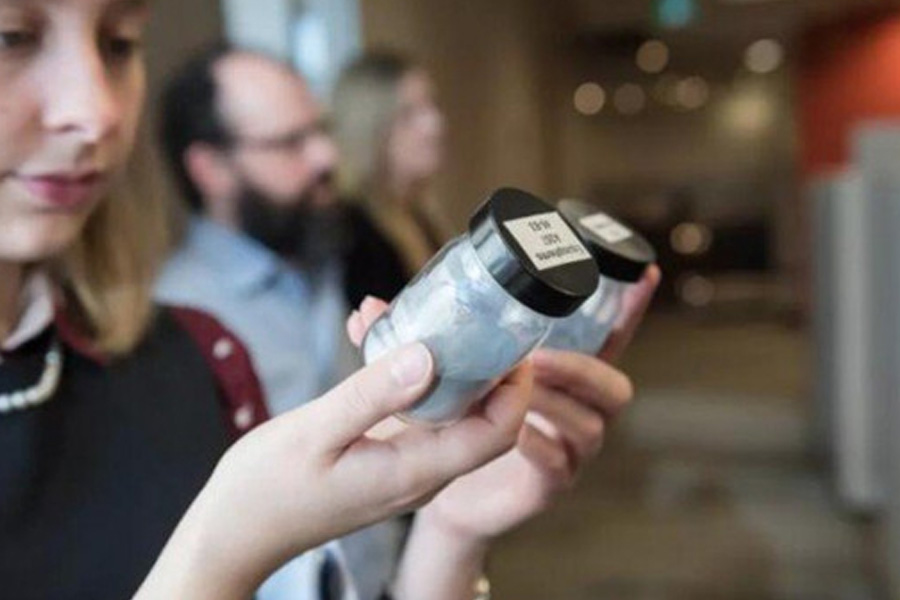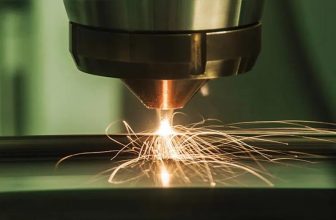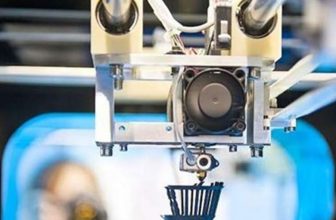
The 3D printing of aluminum alloy is more “binding” the metal 3D printing process, thus forming a diversified development and bringing opportunities for sustainable development. In the metal 3D printing process, PBF (including SLM/DMLS, EBM process) powder bed molten metal 3D printing is a more ideal processing technology for aluminum alloys, and the indirect metal 3D printing process based on binder jetting, Since the post-treatment hot working process easily causes the aluminum alloy to burn, there is currently no advantage in the processing of aluminum alloy.
However, with the development of aluminum alloy materials and adhesive technology, it has become more feasible to realize the additive manufacturing of aluminum alloy parts through the indirect metal 3D printing process of adhesive injection.
Facing the auto parts market
Materials science company Equispheres has developed a new type of aluminum alloy powder suitable for binder jet 3D printing. Equispheres cooperated with McGill University in Canada to test AlSi10Mg aluminum alloy powder. It was observed that Equispheres standard AlSi10Mg aluminum alloy powder has no compression, sub-solid phase sintering, and has good densification (better than 95%) and excellent microstructure And other characteristics, the material can be applied to the sintering process in binder jet 3D printing and its post-processing.
Equispheres currently focuses on the development of binder jet 3D printing aluminum alloy powder for the needs of the automotive industry. In this process, Equispheres will work with partners to further fully understand all aspects related to the sintering of complex aluminum alloy components and understand the basic relationship with the new special binder material.
The chemical technology of the binder is one of the areas where the binder jet metal 3D printing technology differentiates its solutions. The development of Equispheres’ new aluminum alloy material also involves the development of binders. Equispheres and partners develop specific automotive applications. It is hoped that the 3D printing of aluminum alloy parts by adhesive jetting will eventually become one of the standard technologies used in the manufacture of many key components.
This technology has also aroused the interest of automakers. According to market observations by Mohou.com, Ford has begun to use Desktop Metal’s binder jet metal 3D printing technology for small batch production, and is preparing to produce larger batches of auto parts through its production system.
However, as the aluminum alloy material used in large quantities in automobile manufacturing, it has always been difficult to catch up with the downwind of the binder injection technology to realize the additive manufacturing of automobile parts with lower cost and higher efficiency. The main reason is that the binder jet 3D printing process requires post-sintering treatment after the printing is completed, which easily causes the aluminum alloy to burn, which is a major challenge for the binder jet 3D printing to process aluminum alloys.
From this point of view, the aluminum alloy powder that Equispheres has introduced that can be used for binder injection technology opens up a new space for the application of this technology.





